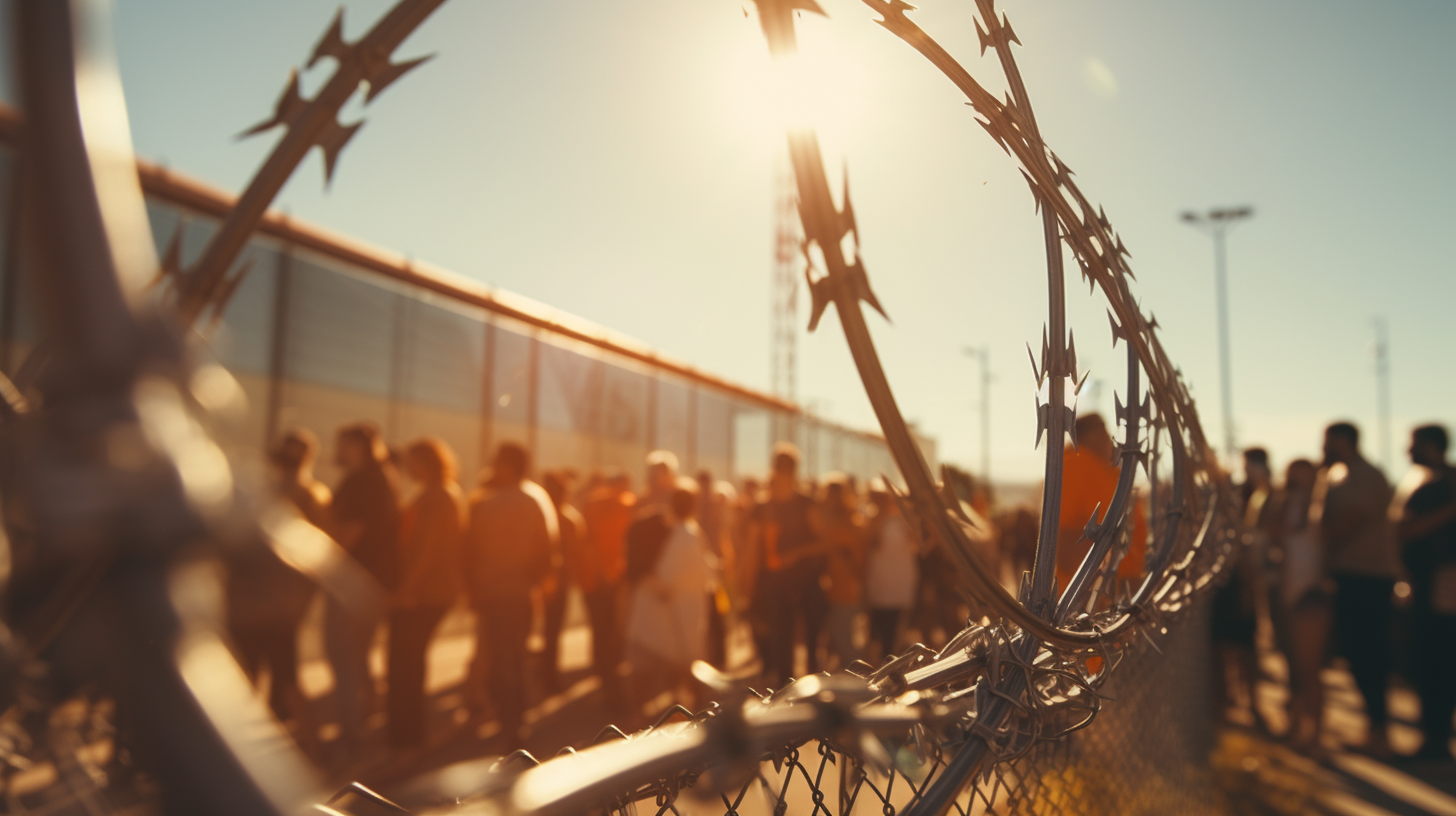
The Private Prison Industry’s
Lucrative New Business Model
The US private prison industry has a long-standing history. Louisiana privatized its penitentiary in 1844, just nine years after it opened.
Yet, at the beginning of the 21st century, the for-profit prison industry was on the decline. Damning reports of guard brutality, barely edible food, callous healthcare, and studies attesting little to no fiscal advantage compared to federally run entities made the government reconsider the for-profit model. In 2016 the Justice Department ordered a phase-out of private prisons on the federal level.
But private prison operators soon managed to revive robust political support. The 2016 decision was reversed and by the end of decade the industry had found a new, promising business opportunity: migrants.
While private companies detained about 9% of the nation’s prison population as a whole, it housed a much larger percentage of immigrant detainees - north of 70% by some accounts.
Migrant detainment centers were a highly controversial topic from the start. By the end of the 2020s the pushback had grown so exponentially that the private prison industry saw its existence questioned and profits dwindling.
But then Hurricane Drake hit the Gulf in 2034. Once again the private prison industry would bounce back and grow stronger and more lucrative than ever before.
